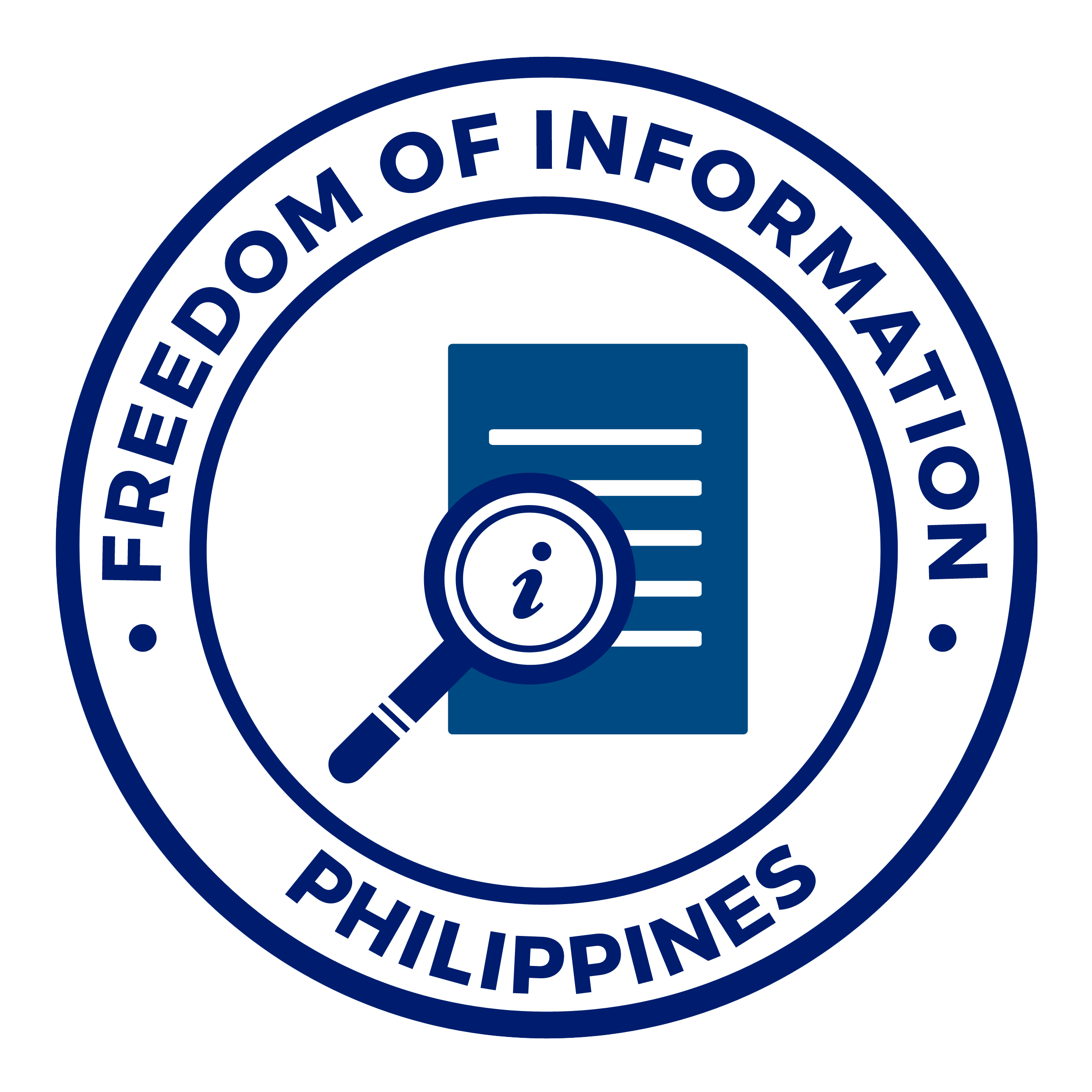 To strengthen disaster risk management through the appreciation and understanding of weather and flood forecasting, and climate change impacts on the environment and population, the Regional Disaster Risk Reduction Management Council (RDRRMC) 2 and the Regional Development Council (RDC) 2 conducted a forum on weather forecasting and disaster risks Tuesday, 24 April, at the Ivory Hotel, Tuguegarao City.
To strengthen disaster risk management through the appreciation and understanding of weather and flood forecasting, and climate change impacts on the environment and population, the Regional Disaster Risk Reduction Management Council (RDRRMC) 2 and the Regional Development Council (RDC) 2 conducted a forum on weather forecasting and disaster risks Tuesday, 24 April, at the Ivory Hotel, Tuguegarao City.
Weather Division Director Robert S. Sawi clarified that the weather and climate is the diurnal and seasonal variations of the observed atmospheric parameters respectively. Mr. Sawi also discussed the processes on weather forecasting and explained the weather systems, warning systems, and the concepts and terminologies commonly used during forecasts.
Director Sawi informed the public that there are already existing forecast tools that are available in the country to collect and transmit weather data and aptly analyze these data and formulate weather forecast. These include maps/ charts (real time weather data), satellite imageries such as GMS Satellites and Polar Orbiting Satellites.
He said that weather forecasting is a long and complicated process where timeliness and accuracy of the weather forecasts made available to the public are the primordial concerns.
On the other hand, Engr. Leo L. Birung of the PAGASA Northern Luzon Regional Services also shared a presentation on flood forecasting. He stated that Region 2 is often experiencing a ‘riverine flooding’ which is caused by the overflowing of river when run-off exceeds the capacity of the channels or depression flooding the adjacent low-lying areas.
 In order to forecast the flooding, four Telemetering Stations along the Cagayan River were established. These can be found at Tuguegarao City, Gamu, Pangal, and Tumauini.
In order to forecast the flooding, four Telemetering Stations along the Cagayan River were established. These can be found at Tuguegarao City, Gamu, Pangal, and Tumauini.
On the other hand, NEDA Plan and Policy Formulation Division (PPFD) Chief Malou C. Corsino discussed the updates on the on-going implementation of the “Mainstreaming Disaster Risk Reduction/ Climate Change Adaptation (DRR/CCA) in Local Development Planning.” The project is led by NEDA 2 in coordination with the existing Regional Geographic Information Network (RGIN) in the region consisting of different agencies, and the Provincial Planning and Development Office (PPDO) of the five provinces.
Various disaster scenarios were then presented through the simulated events in using an information system. The maps on tsunami, earthquake, landslide induced earthquakes and other hazards were overlayed in the administrative maps of each provinces to identify the areas/ municipalities at risk.
Corsino stressed that “the project is still evolving from quantitative to a more qualitative approach” to enable a crystal clear comprehension of the disaster data and report that will be integrated in local plans afterwards.
The forum was attended by different Regional Line Agencies, Private Sector Representatives, State Colleges and Universities, Private colleges and universities, and Nueva Vizcaya Provincial Planning and Development Coordinator Mike Jubay.


